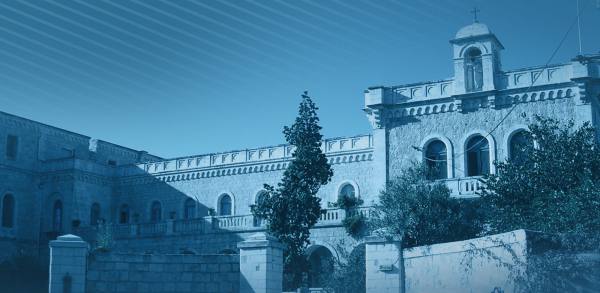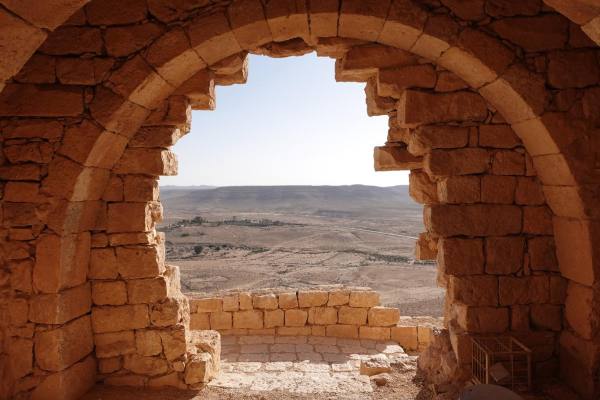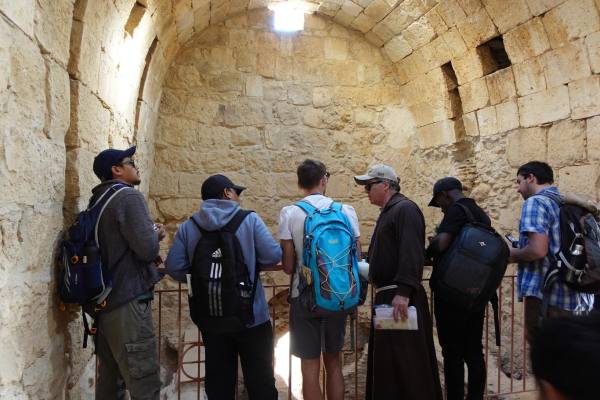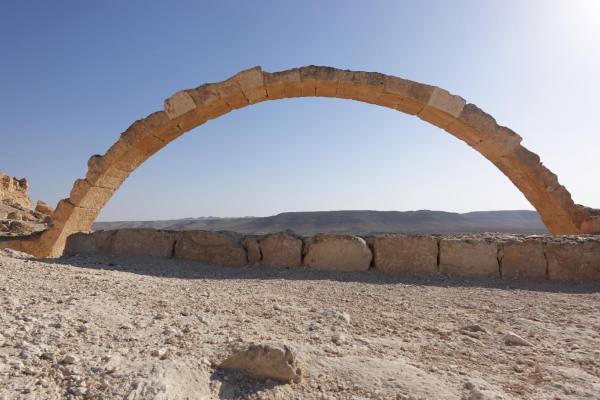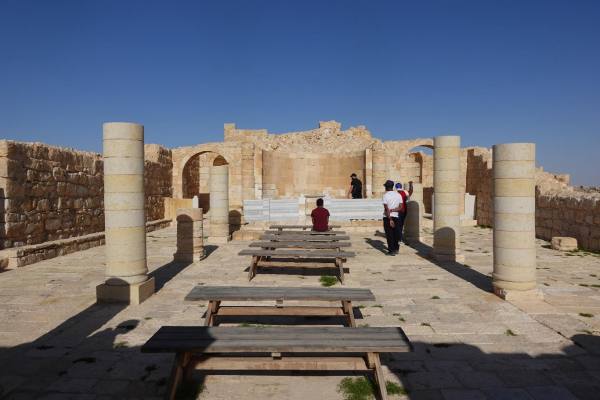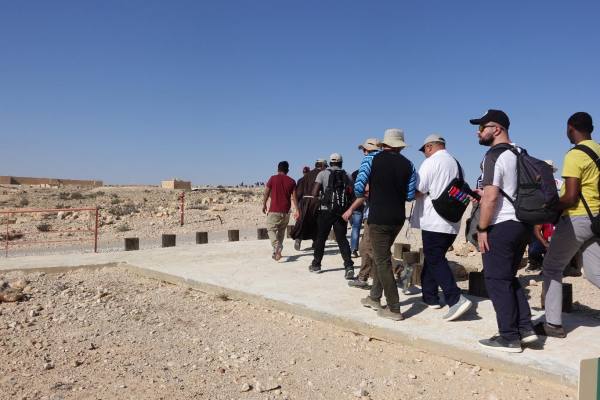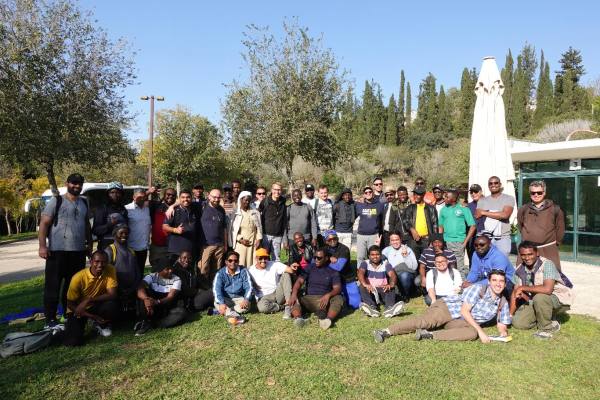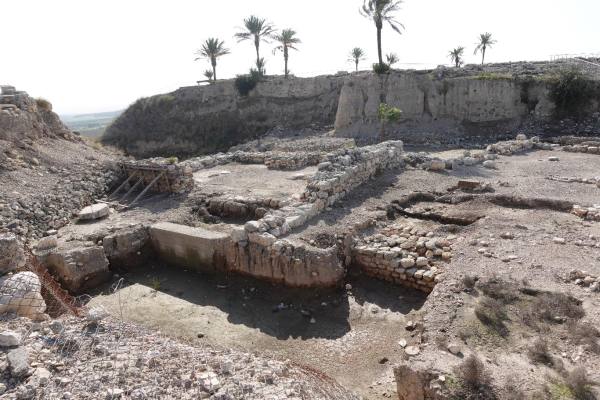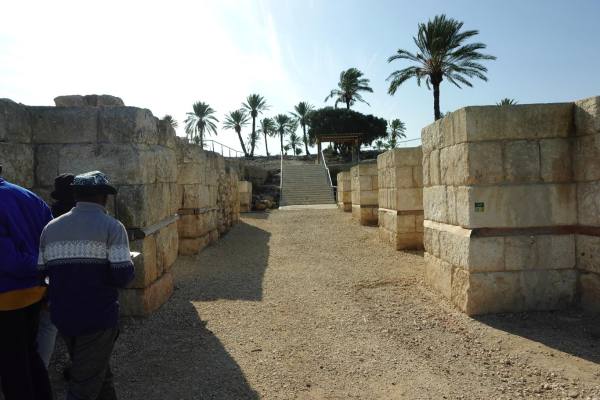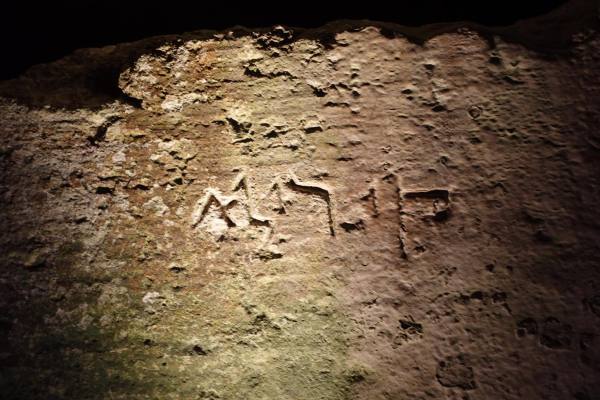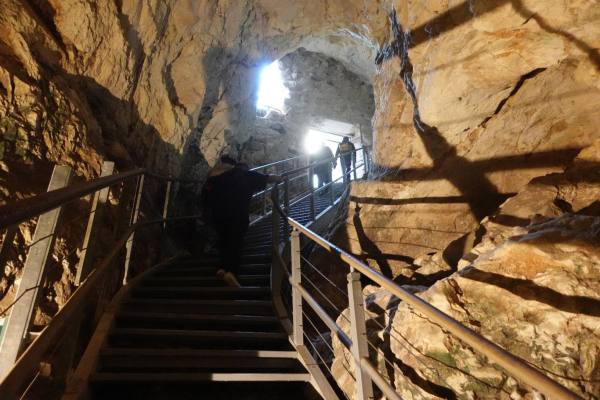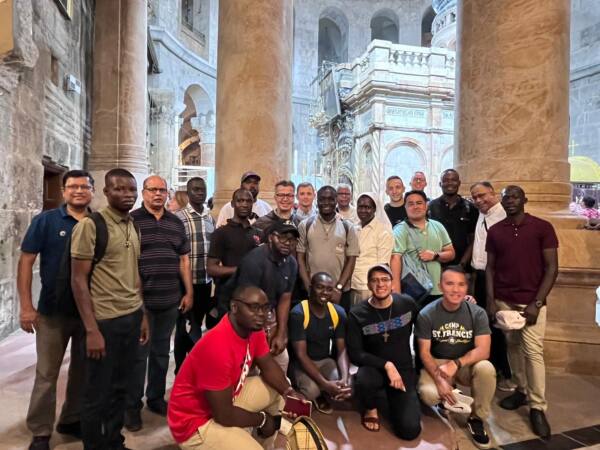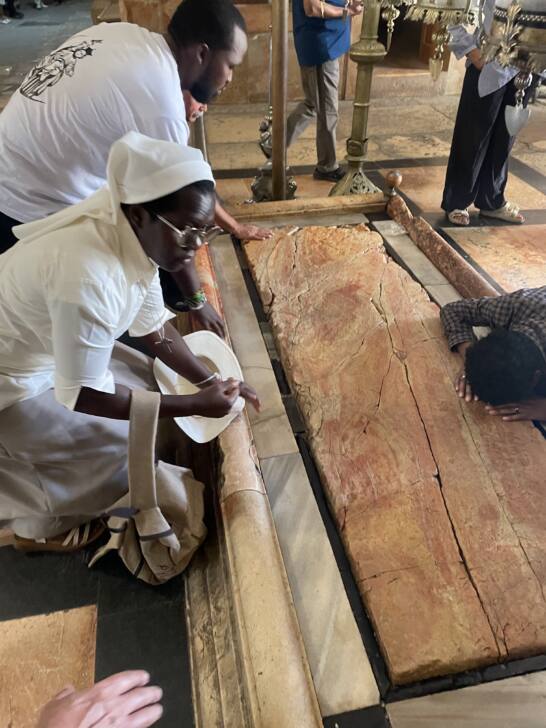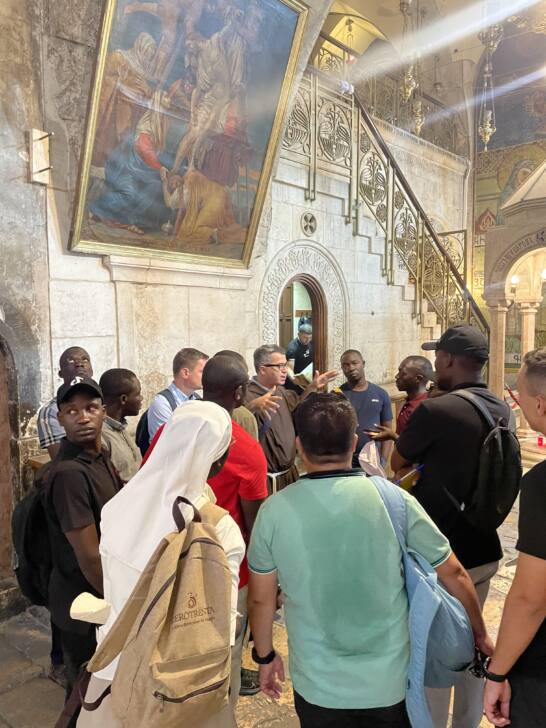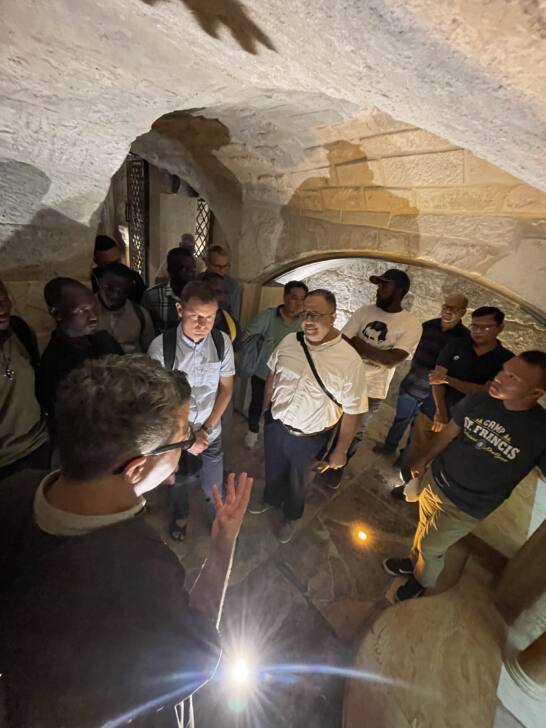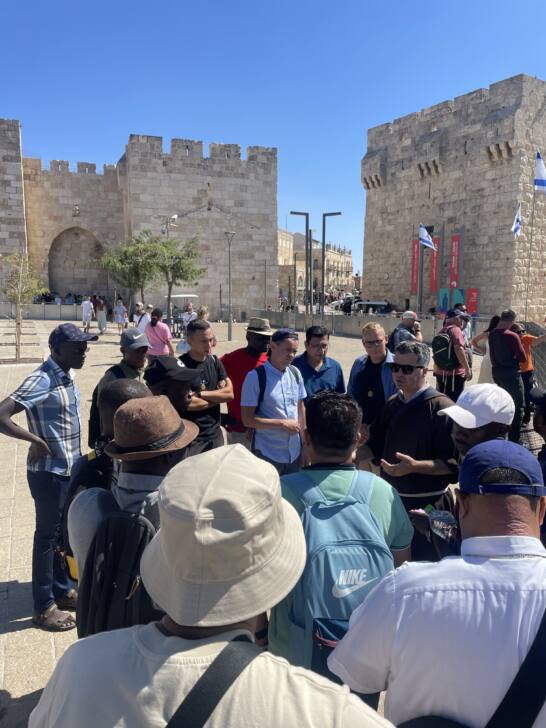On the 24th of April, 2024 there was great joy at the Salesian Pontifical University (STS) – Jerusalem campus when thethree major seminaries within the Latin Patriarchate of Jerusalem met for their annual Interseminary Cultural Day. These major seminaries are: the patriarchal seminary in Jala from Bethlehem, the Franciscan seminary of the Holy Land and the Salesian Pontifical University, Jerusalem campus who hosted the event. The celebration began at 14hrs and went on until 20:30hrs. The theme of the day was: the importance of inter-cultural relations. There were more than one hundred and fifty participants.
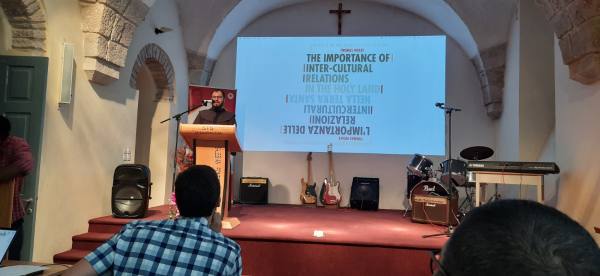
The day started with an opening solemn song and prayer, followed by a conference on the importance of inter-cultural relations. The opportunity was given to various groups to exhibit the importance of inter-cultural relations with different presentations that included singing, dancing, telling stories, eating and drinking together, and most importantly, praying together for peace, justice, reconciliation and unity in our world regardless of our differences. Petitions were presented in different languages with representations from different continents.
This event was not only inter-cultural, but also inter-continental, inter-communitarian and inter-personal. It was beautiful to feel the family spirit, especially when participants gathered together as brothers to collaborate, and to participate actively and creatively in the various initiatives and proposed activities and programs of the day. The presentation of cultural items took the following order: Middle East, Asia Far East, India, Central Africa, West Africa, East Africa, Southern Africa, America, Eastern Europe, and Western Europe. This was indeed an intercultural and amazing experience. We thank God for granting us such a successful and enriching experience, for all the participants were happy.
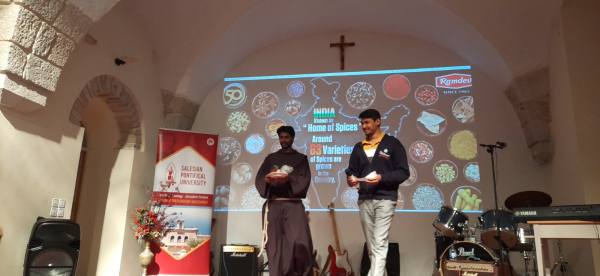
Above all, the message of the day is that Culture is the set of beliefs, values, practices, traditions, and behaviours shared by a specific group, that strives to respect, open up and learn from other cultures, as it shares its own good gifted cultural values without loosing its specific unique identity. Culture encompasses aspects like language, religion, cuisine, social norms, and arts that vary widely between different societies and ethnic groups. Culture plays a significant role in shaping individual identities and influencing interactions between people in a community.
Nonetheless, one challenge of culture is the tension between preserving traditional customs as well as values, while at the same time adapting to a rapidly changing world. As technology and globalization continue to shape our societies, cultures around the world are faced with the dilemma of how to maintain their unique identities while also embracing new ideas and influences. Another challenge is the issue of cultural adoption, where elements of one culture are borrowed or adopted by members of another culture without proper acknowledgement or respect.

Cultural norms and traditions can sometimes hinder progress and prevent individuals from adapting to new ideas and ways of living. More so, some cultures are exclusive and not open to incorporating new ideas or perspectives from other cultures, which can limit diversity, enrichment and innovation.
Does this mean we do not need culture? No! We need culture, and even more, we need intercultural and especially interpersonal relations. Inter-cultural relations help us to live well in society. Thus, it was for this reason that the organisers decided to reflect on the theme: THE IMPORTANCE OF INTER-CULTURAL RELATIONS. May we be open-minded and open-hearted to conserve the goodness in our own cultures as we also open up to enrich ourselves with the beautiful riches in other cultures too.
By Kelvin Mutalala
